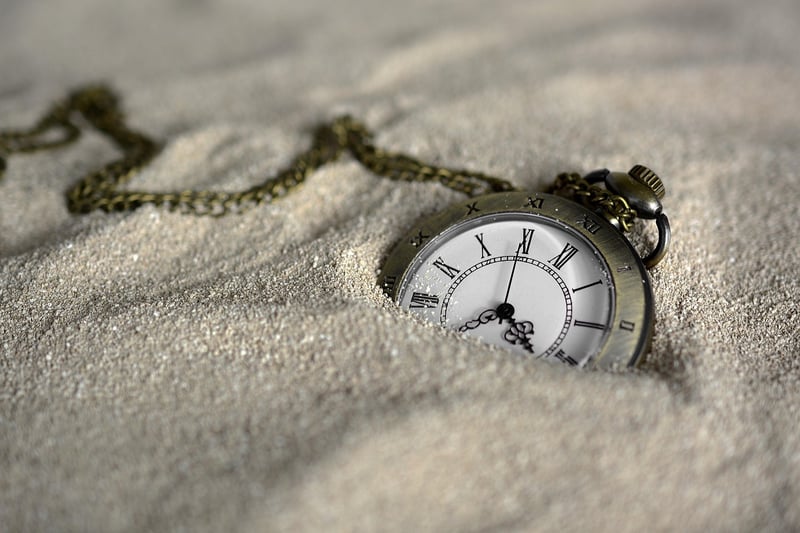Temporal Loops
Navigating Time Conundrums and Temporal Loops
Time travel has fascinated humanity for centuries, leading to complex narratives filled with paradoxes and mind-bending conundrums. One of the most intriguing concepts within time travel fiction is the idea of temporal loops, where events loop back on themselves, creating a self-perpetuating cycle. Let's delve into how to navigate these time conundrums and unravel the mysteries of temporal loops.
Understanding Time Travel
Before diving into temporal loops, it's essential to grasp the basics of time travel. Theories range from the multiverse hypothesis to the possibility of closed timelike curves, each offering a unique perspective on how time could be manipulated.
Temporal Loops Explained
Temporal loops, also known as causal loops, occur when an event influences itself either directly or indirectly. This creates a cycle where the past affects the future, which in turn influences the past, leading to a closed causal chain.
Popularized in films like "Groundhog Day" and "Predestination," temporal loops challenge our understanding of cause and effect, presenting characters with moral dilemmas and existential questions.
Navigating Temporal Loops
- Identify the Trigger: Understanding what initiates the loop is crucial to breaking free from its cycle.
- Alter the Course: Making different choices or taking alternate actions can disrupt the loop and create new outcomes.
- Learn from the Loop: Each iteration offers insights that can be used to your advantage in subsequent loops.
Embracing the Complexity
While navigating temporal loops can be challenging, it also offers a unique opportunity to explore the intricacies of time and causality. By embracing the complexity of these conundrums, we gain a deeper understanding of the nature of existence and the choices we make.
So, whether you find yourself stuck in a time loop or contemplating the mysteries of time travel, remember that the journey is just as important as the destination.

Image Source: Pixabay
